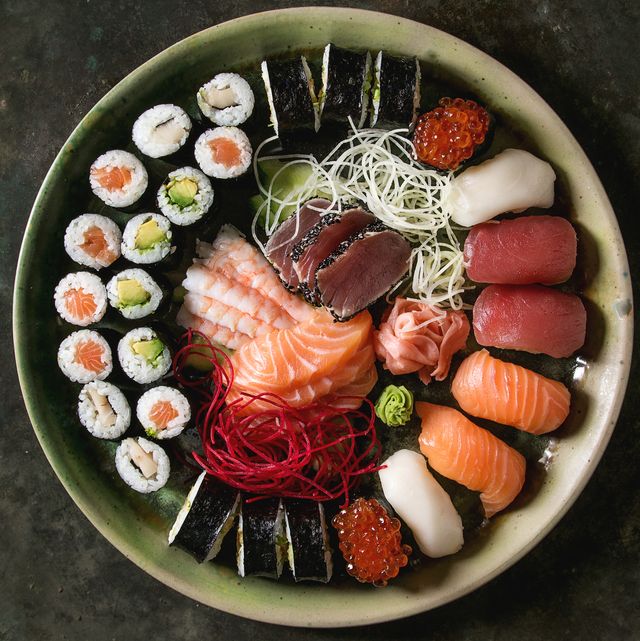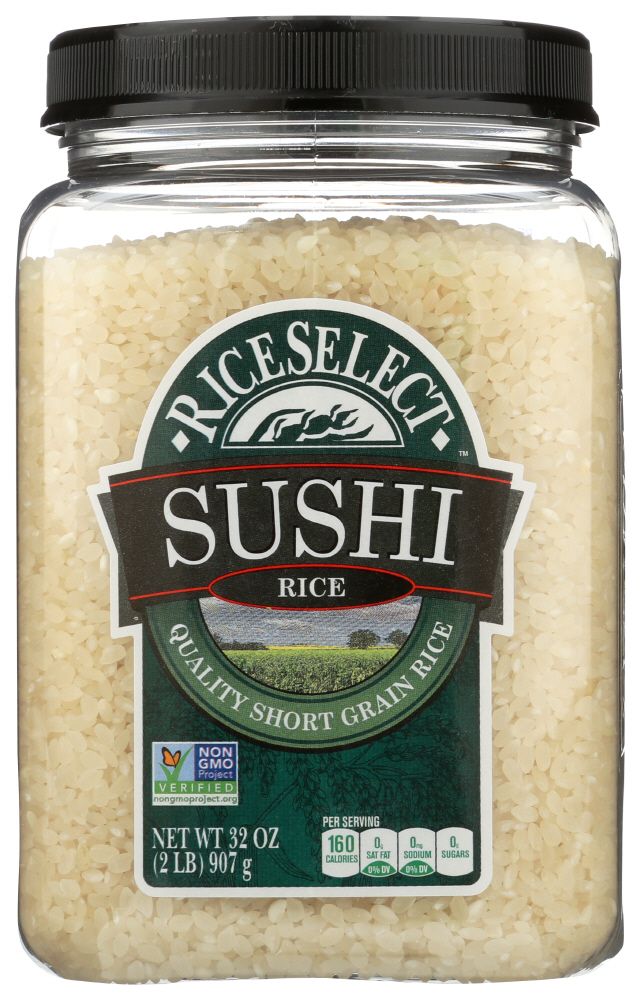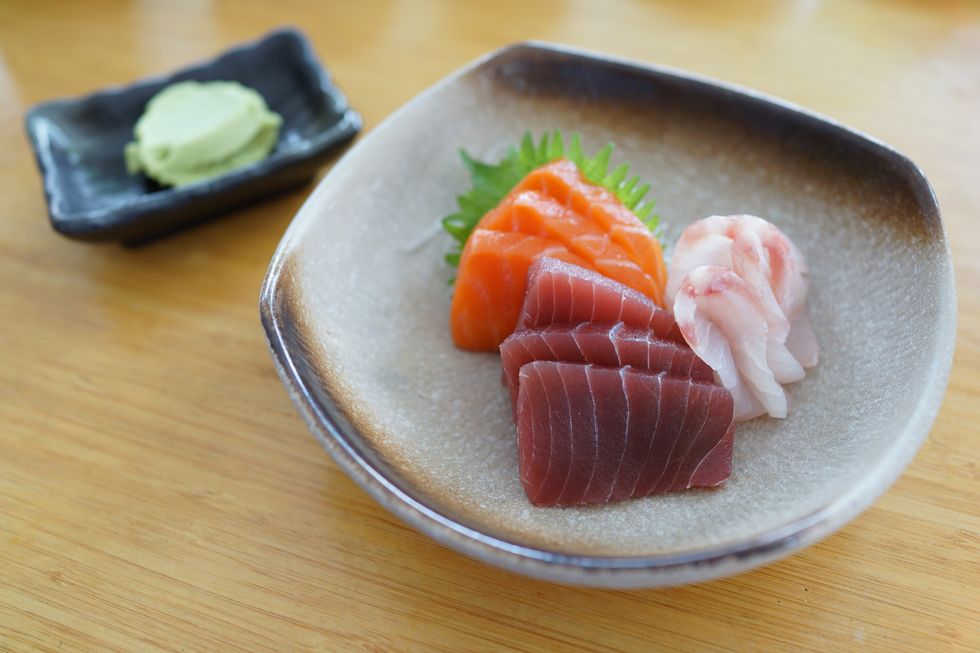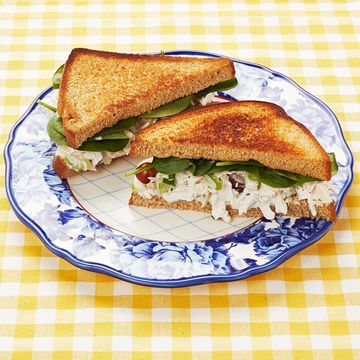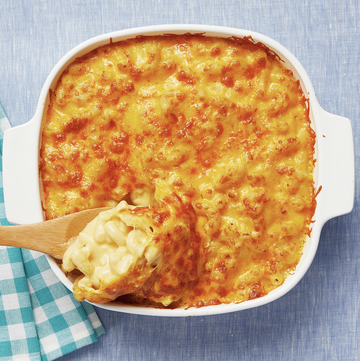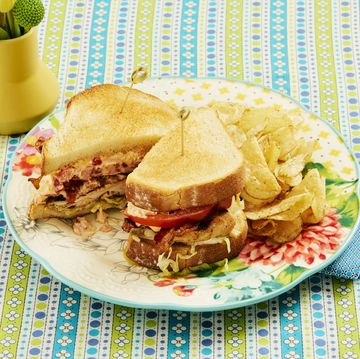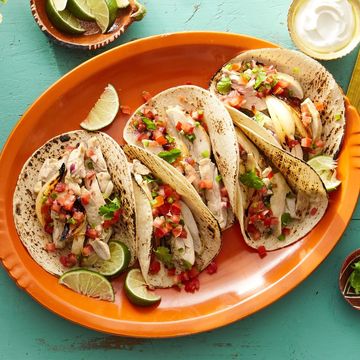Have you ever looked at a menu at a Japanese restaurant and wondered what to order? There are so many delicious items—from udon and soba noodles to sushi and sashimi—but it can often be confusing if you’re not familiar with the cuisine. One of the biggest misconceptions is with sushi. It’s one of the most recognized items at Japanese restaurants, but the word sushi is also often misused. Did you know that there's more than one kind of sushi? And that sashimi isn’t actually the same thing as sushi, but a totally separate dish on its own? Like we said, it can get confusing, but don’t worry! Once you know more about sushi vs. sashimi, you’ll be ordering Japanese food like a pro.
Let’s start with the similarities. Both sushi and sashimi are Japanese delicacies that can be eaten as an appetizer or main course. They’re perfect for sharing with family and friends; or for a romantic date night dinner. Plus, these days, it’s not hard to find good sushi and sashimi (unless you live on the Drummond ranch). You can dine out, order in, make your own, or even find sushi at your grocery store. But similarities aside, sushi and sashimi are actually quite different. If you order both sushi and sashimi, it’s easy to see the difference when the two dishes are in front of you—sushi will have rice and sashimi will not. On top of that, there are other differences that set the two apart. Curious to learn more about sushi vs. sashimi? Whether you’re new to Japanese food or just need a refresher, read on to find out more!
What is sushi?
Sushi wouldn’t be sushi without one simple ingredient: rice. Not just any rice, of course, but sushi rice. The word “sushi” actually refers to the rice and the way it’s prepared. Sushi rice is a short grain rice that’s soaked in rice wine vinegar. When this flavorful, sticky rice is paired with any other ingredient (like fish or vegetables), it’s considered to be sushi.
That’s right—sushi isn’t limited to just fish. While most people associate the dish with raw fish, it’s actually not necessary for making sushi. You can have sushi made with all sorts of ingredients (raw or cooked)—including cucumber, avocado, mango, fried shrimp, tofu, and even eggs. The category of sushi can further be broken down into different types.
Here’s a simple guide to the two main types of sushi:
- Maki: This is the classic rolled sushi. It’s filled with a variety of ingredients and sliced into bite-sized pieces. Maki rolls can either be wrapped in seaweed with the rice and fillings inside or served “inside-out” (also known as uramaki) where the rice is on the outside. If you’ve never had sushi before, a vegetable roll or California roll is a great place to start.
- Nigiri: Unlike maki, nigiri isn’t rolled in seaweed. Instead, a bite-sized mound of sushi rice is topped with a piece of raw or cooked fish. To hold the rice and fish together, nigiri sometimes has a small dot of wasabi between the two or a small strip of seaweed to bind them.
What is sashimi?
Simply put, sashimi is thinly sliced pieces of raw fish. No rice, no seasoning—just the freshest fish possible. Unlike sushi (which needs to have rice), sashimi is usually served plain or on a bed of sliced Japanese radishes known as daikon. Most sashimi is made from saltwater fish, which tends to have less of a risk of containing parasites compared to freshwater fish. So, you’ll see sashimi prepared using salmon, tuna, and yellowtail. The silky, perfectly sliced sashimi is best on its own to let the fresh flavors of the fish shine, but you can also pair it with a bit of wasabi and soy sauce (or tamari sauce).
